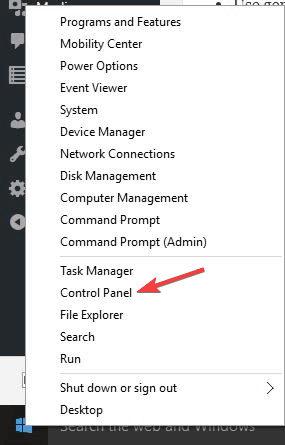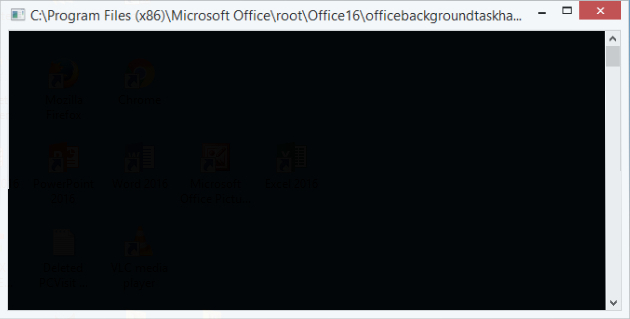
Tick "Configure the following audit events:", and "Success", then click on to save the setting. Select "Detailed Tracking", and on the right-hand side, double-click on "Audit Process Creation" to bring up the properties dialog. To do this, run Local Security Policy editor (in "Control Panel"->"Administrative Tools") as Administrator (right-click on its icon and select "Run as Administrator"), and expand the left-hand tree "Advanced Audit Policy Configuration"->"System Audit Policies"->"Detailed Tracking". You can use the framework to run any CMD commands.If your version of Windows allows you to run Local Security Policy or Local Group Policy editor, you can enable advanced audit logging of process start and stop in the system, and the next time it occurs, look in the Security event log to see what process was launched. If you still can’t use Command Prompt because the tool keeps disappearing, switch to PowerShell. Pay attention to the Network adapter drivers. Open the Device Manager and check if there’s any yellow exclamation mark next to your drivers.

Hit Next and type a name for the shortcut.It should be under C:\windows\system32\cmd. Then browse your computer and go to Command Prompt’s location.

Right-click on your desktop and select New → Shortcut.Some users were able to fix this issue by creating a dedicated CMD shortcut. Then enter the cmd /k ipconfig /all command and hit Enter. Press the Windows + R key to open a Run window. There’s a specific command you can run to tell Command Prompt to stay open. If it’s not an essential program, go ahead and uninstall it. Right-click on them and select End Task.Īlso, if this issue occurred shortly after you installed a new program on your machine, disable that program. Check if you notice any unusual programs or processes. Open the Task Manager and click on the Processes tab. If CMD disappears after a few seconds, this indicates another program might be conflicting with it. Close Any Suspicious Programs and Processes The window won’t close when the command completes.

Run your commands in a stand-alone Command Prompt window. Don’t worry about that, there’s nothing wrong with your CMD tool.

When the command stops running, the Command Prompt window it ran in automatically closes. For example, you’re running ipconfig.exe. Oftentimes, Command Prompt suddenly disappears if you’re running a CMD-specific command in a Run window. Fix Command Prompt Appears and Disappears Check If You’re Really Running the Command in CMD


 0 kommentar(er)
0 kommentar(er)
